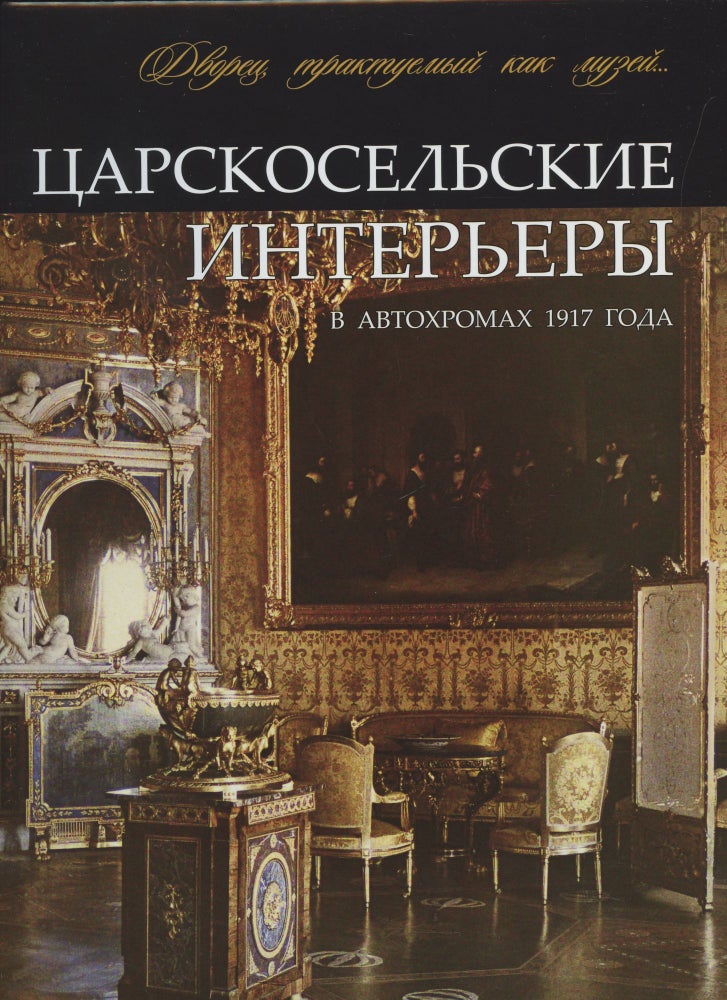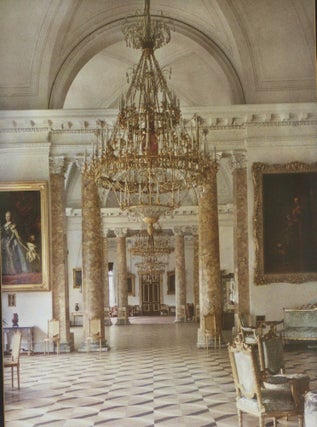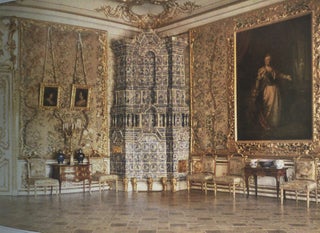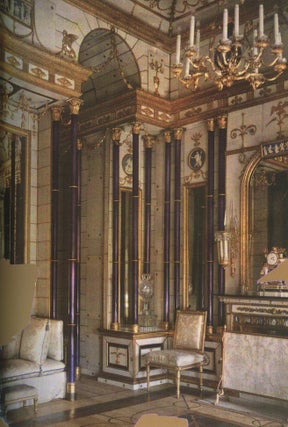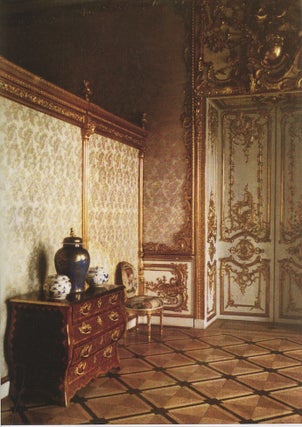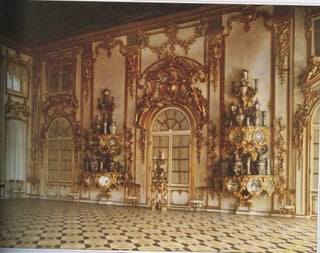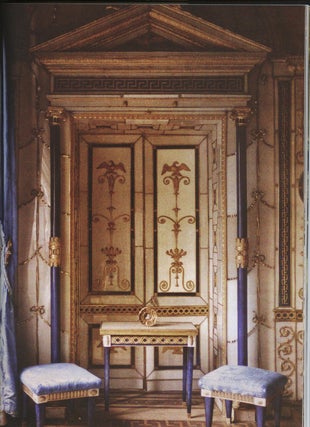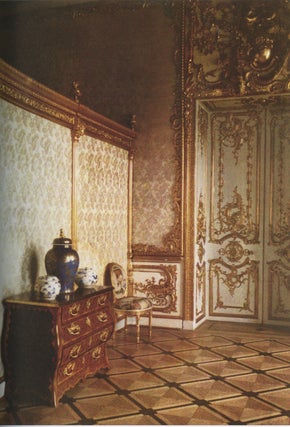Dvorets, traktuemyi kak muzei: Tsarskosel’skie inter’ery v avtokhromakh 1917 goda (A palace interpreted as a museum: Tsarskoe Selo Interiors in Autochromes of 1917)
St. Petersburg: Avrora, 2010. Sewn cl. The unique visual documents published here are of interest as records of great interior design and works of early color photography. After the February 1917 revolution, the last emperor and his family were living under house arrest at Tsarskoe Selo. When in the summer of 1917 they were moved to Ekaterinburg, the fate of their residence and its collections was tenuous. The decisive role in turning the residence into a museum was played by the Artistic and Historic Commission set up to preserve the artistic heritage of the tsarist period. Its head, the historian G. K. Lukomskii, who spearheaded the inventorying and visual chronicling of Tsarskoe Selo and its collections, wrote in emigration in 1923 “that perhaps only Versailles, on the whole, can be placed on a par with Tsarskoe Selo for the abundance of luxurious monuments of the days of old found there.” The collection of autochromes published for the first time by the Tsarskoe Selo State Museum Reserve confirms the aptness of these words. The dazzling magnificence of Rastrelli’s gala rooms, the refined colors of Cameron’s neoclassical interiors, a great textural and chromatic variety of furniture, bronze, glass, and porcelain, in other words, all that had been built, adorned, and collected by the owners of the imperial residence at Tsarskoe Selo over two centuries, turned out to be recorded in 1917 with striking fullness, in color photographs executed by A. A. Zeest in the Lumière Brothers’ autochrome technique. The venture came as a sort of tribute to the vanished Russian monarchy for its contribution to Russian culture and fixed at the empire’s terminus the details of architecture and design that had taken shape over two centuries. 111 pp., 25 30.7 , 8 b-&-w illus., 50 color, sewn cl., Rus. Item #2543
ISBN: 9785730008397
Price: $92.00

